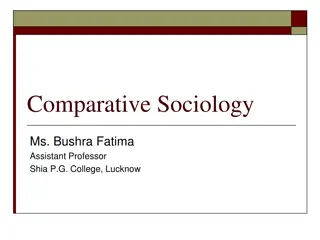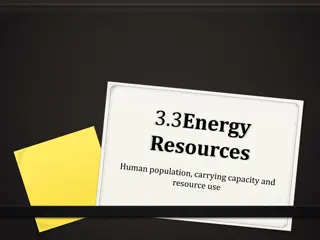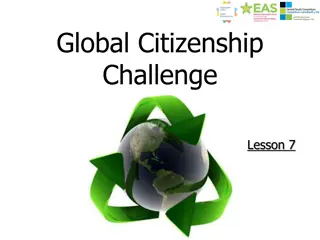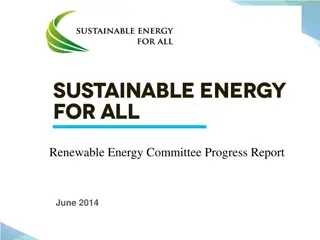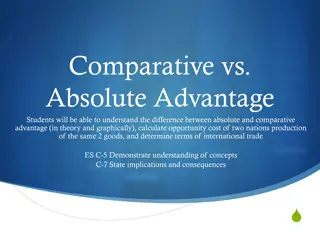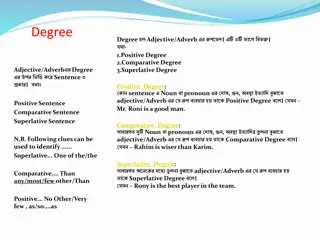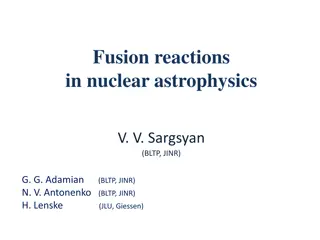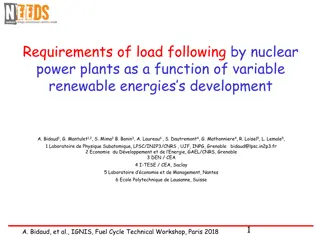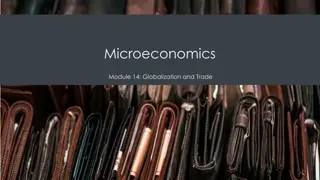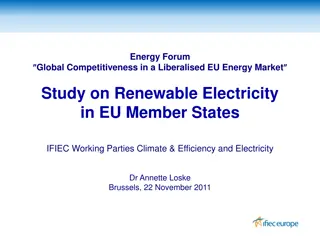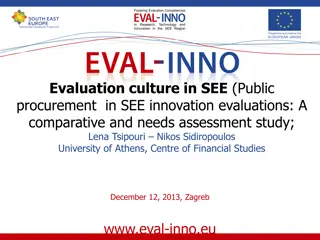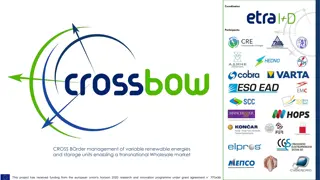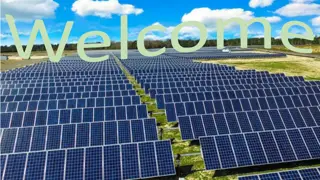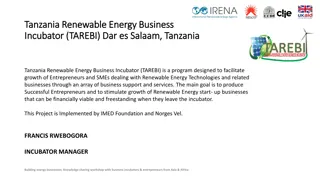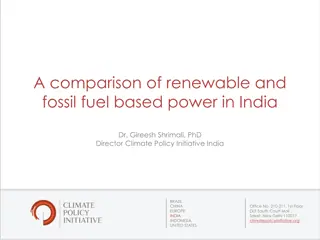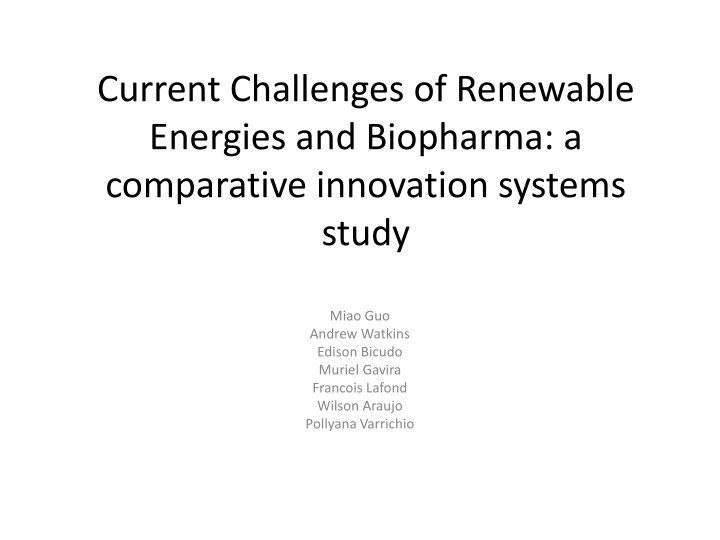
Comparative Study on Renewable Energies and Biopharma Innovation Systems
Examining the obstacles and functions of innovation systems in Brazil and the UK for renewable energies and biopharma sectors. Analyzing diversification in solar, wind, hydro, and biofuels. Employing a functions approach to understand system dynamics and effectiveness through sectoral innovation systems mapping. Research includes entrepreneurial activity, knowledge development, market formation, and resource mobilization.
Download Presentation

Please find below an Image/Link to download the presentation.
The content on the website is provided AS IS for your information and personal use only. It may not be sold, licensed, or shared on other websites without obtaining consent from the author. If you encounter any issues during the download, it is possible that the publisher has removed the file from their server.
You are allowed to download the files provided on this website for personal or commercial use, subject to the condition that they are used lawfully. All files are the property of their respective owners.
The content on the website is provided AS IS for your information and personal use only. It may not be sold, licensed, or shared on other websites without obtaining consent from the author.
E N D
Presentation Transcript
Current Challenges of Renewable Energies and Biopharma: a comparative innovation systems study Miao Guo Andrew Watkins Edison Bicudo Muriel Gavira Francois Lafond Wilson Araujo Pollyana Varrichio
Energy vectors Resources (land use) Energy production Hydropower Electrical power Food crops Solar energy Heat Wind energy Non-food crops Liquid fuels Mechanical treatments Forestry Gaseous fuels Thermochemical routes Biochemical routes Chemical routes Pasture/Grass Non-energy products Waste Food Pharmaceuticals Water Timber products Non-energy Infrastructure Production Co-products SC flow Energy systems Non-energy systems Biomass delivery Bioenergy/biofuel delivery Elements added to ETI-BVCM
Main Research Issues The main obstacles to innovation in these two sectors in both the Brazil and UK context At different levels of analysis: national and regional innovation systems What are the main functions of these innovation systems? Differences?
Main Objectives Study the main obstacles of these innovation systems Comparing the functions of sectoral innovation systems in these two countries Looking at diversification: Renewables: solar, wind, hydro, biofuels BioPharma:
Main theoretical and methodological approach A functions approach to understand the dynamics and effectiveness of the innovation systems Sectoral innovation systems approach mapping innovation value chain As appropriate: Qualitative approach Statistics Social network analysis
Functions Entrepreneurial activity Knowledge development pub/patents Knowledge exchange research networks Guidance of the search government behaviour/regulation/expectations/policy goals Market formation size, location, sales Resource mobilization: physical, human, financial (VC) Counteract resistance to change
Very tentative workplan Four year research plan: 1st :Secondary data collection and mapping information sources 2nd : Initial writing of findings and identifying/creating a framework/ 3rd execute the framework and analysis 4th : finalise results and dissemination
Funding Sources/practical objectives Newton Fund Gates Foundation CIFF FAPESP
Main challenges Identifying data, data sources and data collection Integration of main theory with methodology Utilising quantitative methods
Potential Institutions to take part CTBE European Commission of Bioenergy UNICAMP USP Dept of International Development Energy Technology Institute Kings College, London University of Sussex University of Manchester
Expected impacts Policy implications/recommendations Understanding diversification of energy Fostering Pharma innovation in Brazil Addressing impacts in terms of academic, industry, policy making, societal
Long term perspective Life Cycle thinking approach Multi agent modelling
Concrete Next Steps Identifying the feasibility of the study/workplan Recognising the agenda and writing the draft proposal Contacting potential partners


